Analysis: Ranking Seahawks Previous 5 Free Agent Classes
Under the direction of general manager John Schneider since 2010, the Seahawks have posted a 129-81 record, reached the postseason nine times, won the NFC West five times, and captured the franchise's first Super Bowl title. Few executives have enjoyed a better run of long-term success over the past two decades.
But if there's an area where Schneider has consistently dropped the ball in his 12 years at the helm, it's been free agency, as Seattle has struggled mightily to improve its roster in a key variable of the roster construction process. More times than not, his moves to bring in veterans have backfired, playing a significant role in the organization's steady decline over the past five years, including a dismal 7-10 finish in 2021. It's also a huge reason why star quarterback Russell Wilson continues to explore his options of playing elsewhere and trade rumors persist.
What has gone wrong for Schneider and the front office in free agency? While the franchise hasn't had as much spending power as other teams in many instances due to high-priced players already on the books, the recycled strategy of stocking up on mid-tier bargain signings and avoiding more lucrative investments in true game changing players has proven to be ineffective year in and year out.
Looking back at Schneider's previous five free agent classes, it doesn't take long to figure out why the Seahawks haven't been able to return to the status of legitimate title contender in the NFC. Comparing each group, which one stacks up above the rest? And which one set the franchise back the most?
Taking on a near-impossible task, I revisited every outside free agent signing Schneider has made dating back to January 2017, grading each move based on contract length, annual salary, and most importantly, on-field production. Proceed forward to view the rankings with caution if you dare...
5. 2017
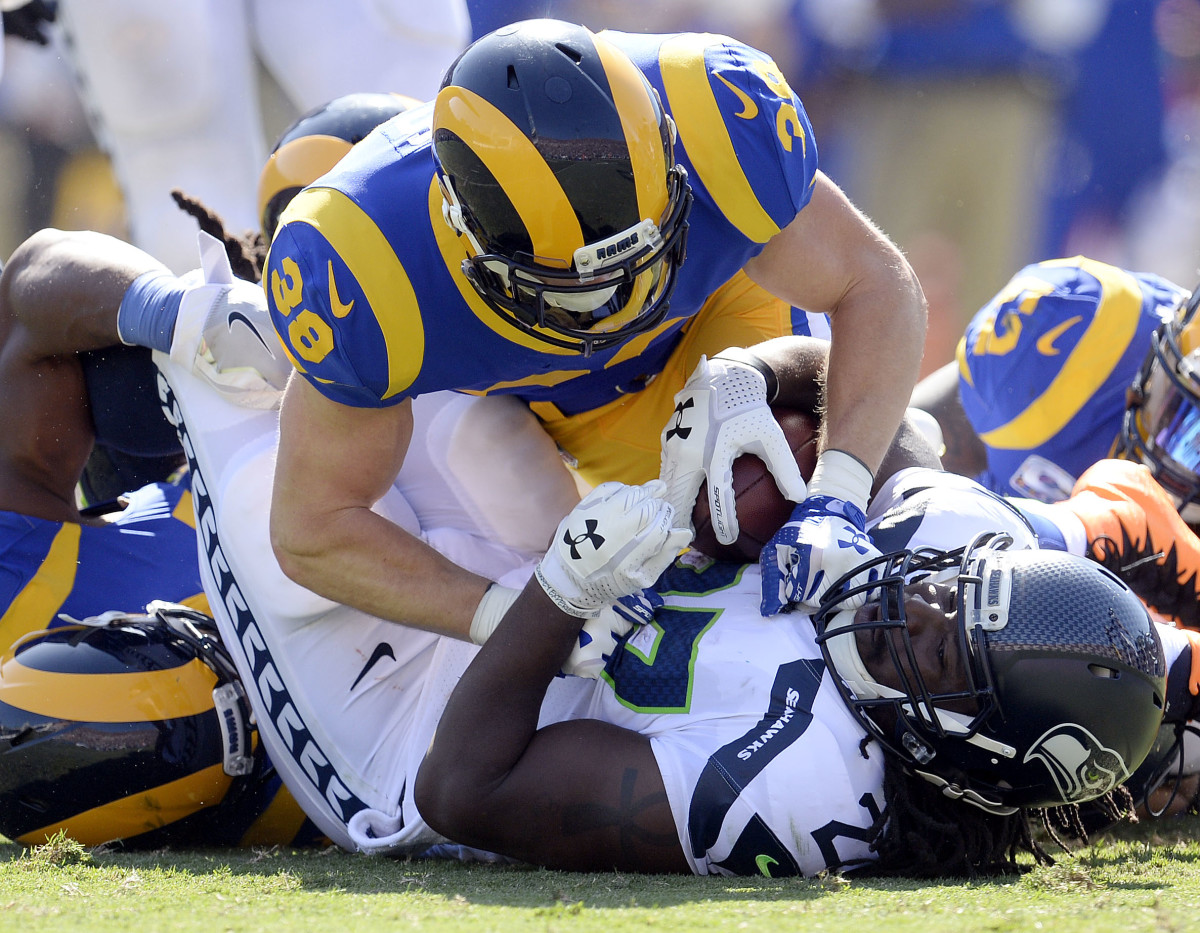
Grade: D (64.0)
Best Signing: Bradley McDougald
Worst Signing: Luke Joeckel/Eddie Lacy
If there's a year where Schneider's random addiction to signing or acquiring failed high draft picks from the infamous 2013 NFL Draft reached its peak, it had to be 2017. Not surprisingly, the results were nothing short of a catastrophe and played a significant role in the team missing the playoffs for the first time in six years.
First, Schneider rushed to open up Seattle's checkbook to inexcusably bid against himself and give Joeckel, who played himself out of a starting job with the Jaguars as a former top-three pick, a one-year deal worth $8 million. While he did start 11 games at left guard and played well in a few of those games, he surrendered five sacks and 28 pressures before being lost for the season to a knee injury, stealing $8 million in what wound up being his final year in the league.
But Schneider didn't stop there. He handed former Packers running back Eddie Lacy, who had ate his way out of Titletown, a one-year deal worth $4.25 million hoping he could rediscover his 2013/2014 form. That didn't happen, of course, as the former second-round pick out of Alabama showed up to camp hovering around 250 pounds and failed to make an impact in the backfield, rushing for just 179 yards, a dismal 2.6 yards per carry average, and no touchdowns while excelling more at falling over than actually running the football in nine games. Like Joeckel, he was out of the league after a lone season in the Pacific Northwest.

The decision to take a flier on ex-Dolphins top-five pick Dion Jordan wasn't quite as disastrous. Playing on a league-minimum contract after being out of the league for two years, he provided 4.0 sacks in the Seahawks final five games. Unfortunately, that was all they were able to see from him, as a knee injury kept him out most of the year.
While Schneider's once-questioned decision to sign McDougald wound up being a huge addition when Kam Chancellor suffered a career-ending neck injury, he failed to make any other signings that improved the roster. In fact, most of his moves seemed to have the opposite effect. Terence Garvin and Michael Wilhoite were excellent special teams players who shouldn't have played at all on defense but were forced into action, Oday Aboushi struggled as a run blocker in eight starts at right guard, and linebacker Arthur Brown didn't even make it to the start of training camp before being waived.
Adding insult to injury, Schneider also made the ill-fated choice to sign former Vikings kicker Blair Walsh, who missed multiple game-winning or tying kicks and connected on just 72 percent of his field goals, as a replacement for the ever-so-reliable Stephen Hauschka. It's safe to say that cost-cutting measure didn't work out in the franchise's favor and he never played another down in the league.
4. 2020
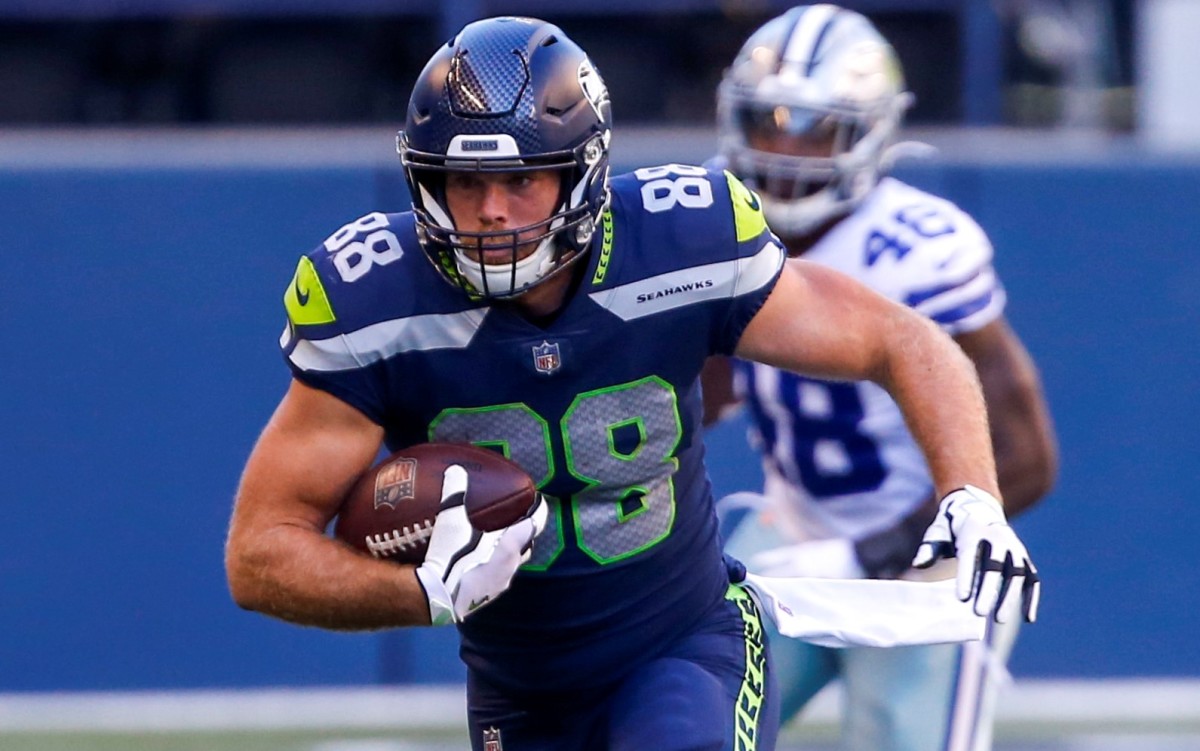
Grade: D (68.4)
Best Signing: Brandon Shell
Worst Signing: B.J. Finney
After exiting in the Divisional Round with a loss to the Packers in January 2019, Schneider entered the offseason with more than $50 million in cap space at his disposal to improve the roster and take another step forward towards Super Bowl contention. Unfortunately, as has become an annual tradition, most of the moves he made didn't work out and in some cases, he may have been better off lighting his money on fire and cooking s'mores.
At the urging of Russell Wilson, Schneider signed former All-Pro tight end Greg Olsen to a one-year, $7 million deal shortly after the Super Bowl, believing the 35-year old still had at least one decent season left in him. While Wilson and Olsen seemed to have a strong rapport building in training camp, the duo wasn't able to get in sync during the regular season, as the veteran caught just 24 passes for 239 yards and a single touchdown in 11 games before a foot injury forced him out of action for most of the second half. He retired and transitioned to the broadcast booth shortly after the season concluded.
While Olsen didn't meet expectations given the money he was paid, he was far from the worst free agent addition Schneider signed off on in 2020. He gave center B.J. Finney, who started just 13 games in his first four NFL seasons, a two-year, $8 million contract, only for the veteran to arrive at camp out of shape and unable to wrestle the starting job away from Ethan Pocic. He played zero offensive snaps in six games for the Seahawks before being included in a midseason trade to acquire defensive end Carlos Dunlap from the Bengals.

The decision to bring back defensive end Bruce Irvin, who was selected in the first round by Seattle in 2012, also didn't work out for Schneider due to unfortunate circumstances. After signing him to a one-year, $5.5 million pact, the veteran pass rusher tore his ACL in the second game of the season. He finished with five tackles and three quarterback hits in two games, leaving one to wonder what could have been if he stayed healthy. Receiver Phillip Dorsett also didn't play a single down due to a foot injury.
Headlining an otherwise forgettable free agent group, right tackle Brandon Shell proved to be an upgrade over Germain Ifedi after coming over from the Jets on a two-year, $9 million deal. While injuries cost him 11 games total in his two seasons with the Seahawks, he was one of the highest-grade pass protecting tackles by Pro Football Focus in 2020 (80.3) and surrendered just six sacks and 40 pressures on over 800 pass blocking reps in two seasons.
3. 2021
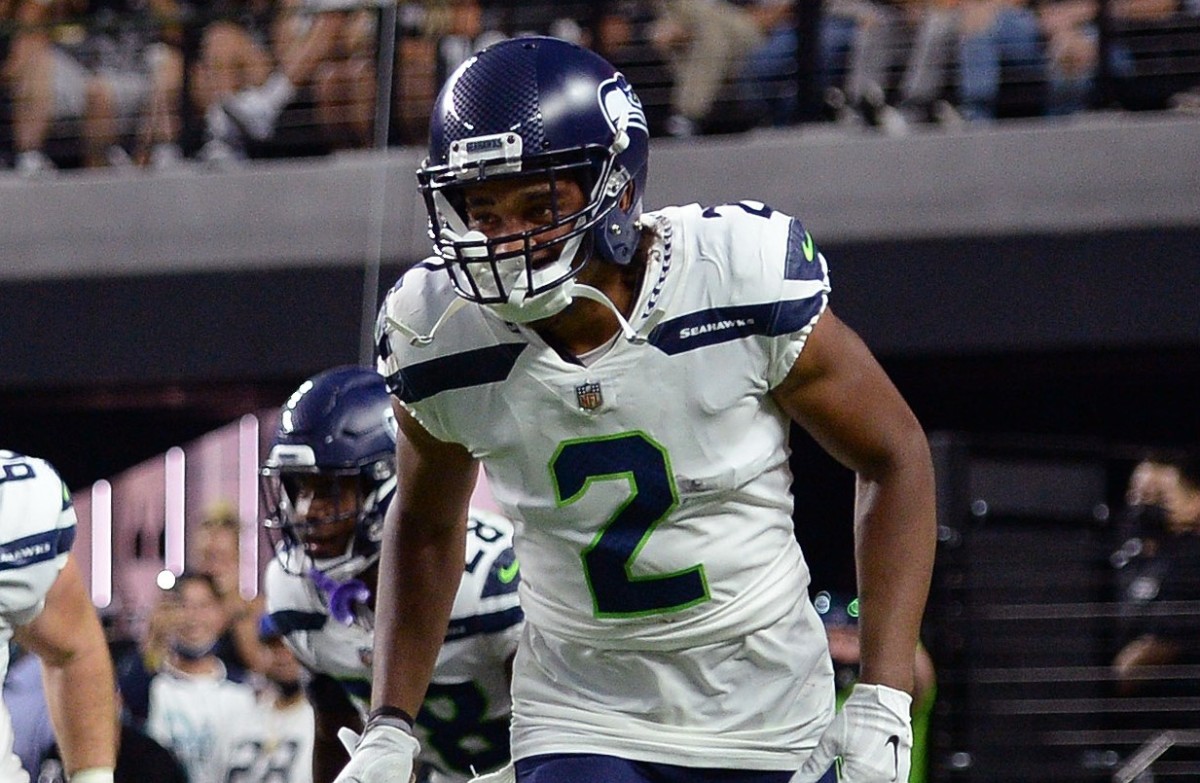
Grade: D+ (68.9)
Best Signing: Al Woods
Worst Signing: Ahkello Witherspoon
Like the rest of the NFL, the Seahawks were dealing with a COVID-impacted salary cap last March that plunged down to $182.5 million, so Schneider maybe deserves a bit more of a pass for this class than the other four in the rankings. Nonetheless, for the most part, he once again failed to address important needs and improve the roster, which helped pave the way to a dreadful 7-10 finish last season.
After making the decision not to re-sign former starting cornerback Shaquill Griffin, which by itself wasn't necessarily the wrong decision, Schneider promptly turned his attention to ex-49ers starter Ahkello Witherspoon as a replacement. Once a prospect Seattle coveted coming out of Colorado, the team signed him to a one-year, $4 million deal. But it didn't take long into training camp before coach Pete Carroll and his staff came to the realization Witherspoon wasn't the right fit and before suiting up for a regular season game, he was traded to Pittsburgh for a future fifth-round selection and the team incurred a $1.25 million dead cap hit.
Away from Witherspoon, the Seahawks re-signed veteran cornerback Pierre Desir, who endured a similar fate when he was cut midway through training camp. Defensive end Aldon Smith spent a couple months with the team before being released due to prolonged off-field issues and never played in any regular season games either, while defensive tackle Robert Nkemdiche's much-publicized OTA revival didn't translate to production in the regular season. Former 49ers starter Kerry Hyder also didn't live up to his three-year deal, producing only 1.5 sacks in 15 games after recording 8.0 sacks in 2020.

On the positive side, Schneider's choice to bring back Al Woods may have been the wisest move he made last offseason. Even after sitting out the 2020 season due to COVID, the 34-year old veteran turned in the best season of career, producing 50 tackles, 1.5 sacks, and three pass deflections while starting 16 games. An immovable object in the middle, teammates rightfully clamored for him to make the Pro Bowl and an argument can be made he was one of the team's best players on either side of the ball in 2021.
Though his production didn't quite meet expectations coming over from the Rams and had a very tough game against the 49ers in Week 13, tight end Gerald Everett finished third on the team in receptions, receiving yards, and receiving touchdowns. The choice to bring him along with offensive coordinator Shane Waldron on a one-year, $6 million contract was far from a failure and there's a decent chance he could be back to catch passes from Wilson in 2022.
2. 2018
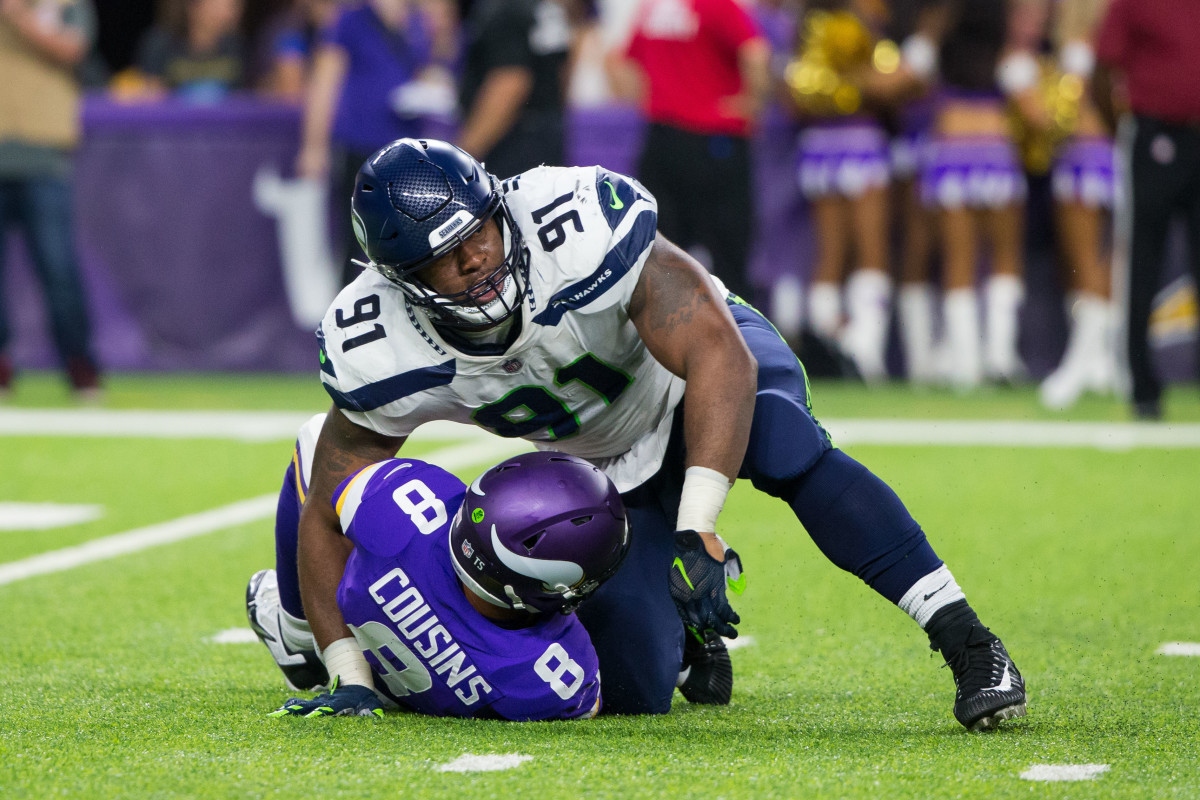
Grade: D+ (69.4)
Best Signing: D.J. Fluker
Worst Signing: Tom Johnson
To put in perspective just how pitiful the Seahawks' free agent hauls have been in the past half decade, Schneider's 2018 class reeks from poor contracts handed to veterans. And somehow, thanks to a couple of thrifty moves to help the offensive line in the short term and a few other contracts that didn't prove to be complete disasters, this group stacks up better than most.
Putting a clear emphasis on improving the interior defensive line, Schneider signed former Vikings defensive tackles Tom Johnson and Shamar Stephen to one-year deals worth $2.1 million apiece. Both players were expected to play significant roles in the Seahawks' defensive line rotation as they tried to replace departed starter Sheldon Richardson, who ironically went to Minnesota in free agency.
But while Stephen started 14 games and produced 25 tackles and a pair of sacks, Johnson started one regular season game before the team unwisely decided to waive him to create a roster spot with numerous injuries on special teams. After clearing waivers, though Seattle wanted to re-sign him, he spurned them and returned to Minnesota on a one-year deal. Getting paid by both the Seahawks and Vikings for the remainder of the season, "Sebastian Thunderbucket" registered 4.5 sacks in 13 games before eventually retiring, capping off one of Schneider's most bizarre personnel blunders.

Schneider also got burned after he gave veteran tight end Ed Dickson a three-year deal worth north of $10 million. Injuries hindered the former Oregon standout throughout his brief time with the team and he suited up for a grand total of 10 games for Seattle, catching 12 passes for 143 yards and three touchdowns. After missing the entire 2019 season with a knee injury, he was released and didn't play another down in the league.
If there's a reason why this class grades better than most of the competition in this ranking, Schneider found great value signing guards D.J. Fluker and J.R. Sweezy to one-year deals worth just $1.5 million. While injuries kept Fluker out of the lineup for six games, his hulking presence in the trenches coupled with a career revival for Sweezy helped the Seahawks rush for an NFL-best 2,560 yards. Both players playing at well below 100 percent ended up hurting them in the playoffs, but they wouldn't have made it to begin with if they hadn't been signed.
Looking at other moves that panned out fairly well, Schneider managed to squeeze 14 starts at strongside linebacker out of Barkevious Mingo after signing him to a two-year contract, eventually flipping him as part of the trade package to acquire Jadeveon Clowney from the Texans before the 2019 season. Additionally, though receiver Jaron Brown only had 30 receptions in 30 games with the Seahawks in 2018 and 2019, he reeled in seven touchdowns and contributed on special teams, making his two-year, $5.5 million contract a reasonable investment.
1. 2019
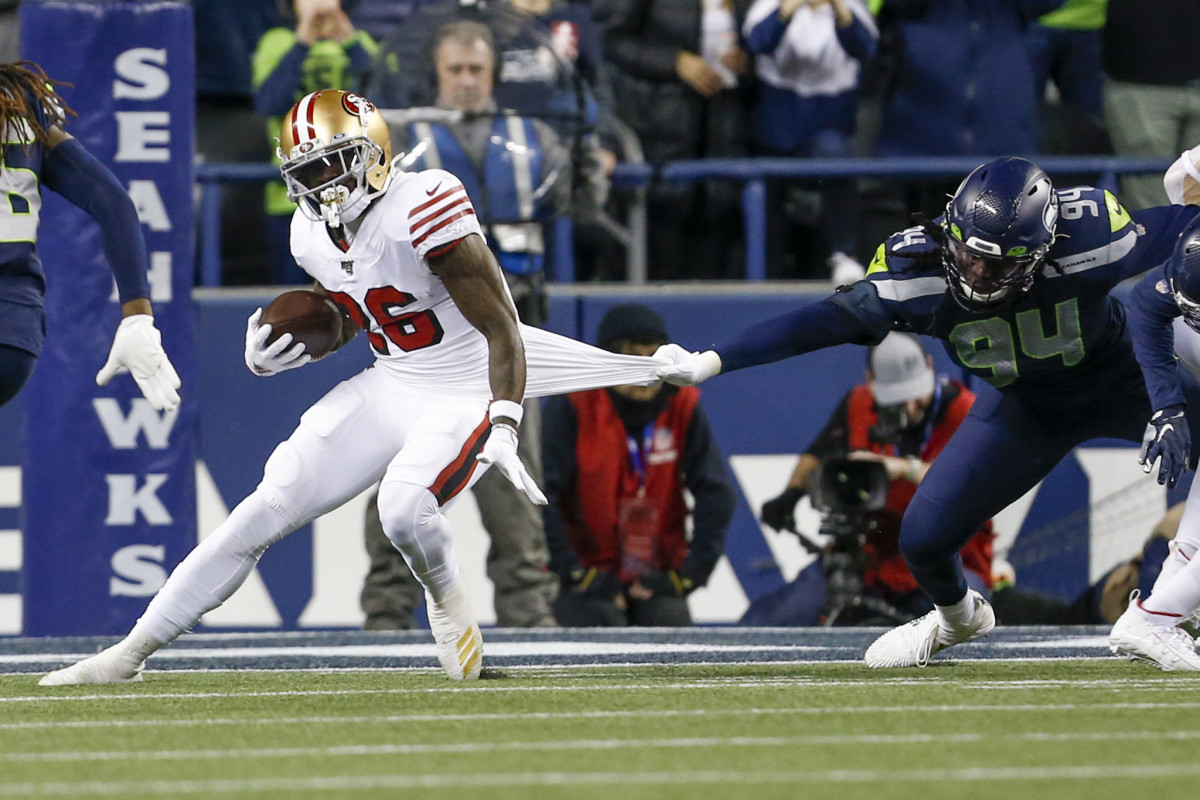
Grade: C- (71.4)
Best Signing: Al Woods
Worst Signing: Ezekiel Ansah
After a surprising run to the playoffs in 2018, the Seahawks didn't have a great deal of cap flexibility and only signed seven outside free agents from March until the start of training camp. Based on how the previous two free agency periods played out, that's likely a good thing, though that didn't stop Schneider from orchestrating a few poor deals along the way.
In early May, Seattle rolled the dice on Ansah, a former first-round pick who was in the midst of recovering from offseason shoulder surgery. The team hoped the ex-BYU star still had plenty of juice left in the tank rushing off the edge after producing 12.0 sacks for Detroit in his last healthy season back in 2016. Unfortunately, his shoulder kept him out of training camp and he never contributed as hoped, recording just 2.5 sacks and eight quarterback hits in 11 games.
Away from the Ansah signing, however, Schneider did execute a couple of shrewd moves signing Woods and special teams ace Nick Bellore. Woods enjoyed a stellar season, registering 32 tackles and two fumble recoveries before being suspended for the final four games for violating the NFL's performance enhancing drugs policy. One of the best kick and punt coverage aces in the league, Bellore wound up earning his first Pro Bowl selection in 2020 and has been an important locker room presence in three years with the team.

Seattle also found a quality short-term upgrade at left guard by signing veteran Mike Iupati, who started 15 regular season games and helped Chris Carson rush for 1,000 yards for a second consecutive season. Though he missed both of the team's playoff games due to a neck injury, his quality play earned him a second one-year contract the following spring.
If there's one signing that remains up for debate, Schneider's decision to hand kicker Jason Myers a four-year, $15.45 million contract has been a mixed bag. He struggled in his first season with the team, making only 82 percent of his field goals. But he then followed up with a spectacular 2020 campaign, connecting on all 24 of his field goal attempts, including splitting the uprights from a career-best 61 yards out. He wasn't able to replicate that success in 2021, making just 17 out of 23 field goals and whiffing on three extra point attempts.
